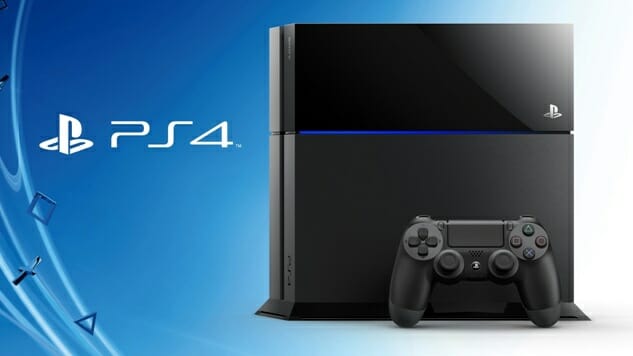
The Playstation 4 came out in November 2013. It’s not even three years old. And yet, Sony is expected to announce what is essentially its follow-up at a press conference in New York tomorrow. Only a few years after the longest console cycle in videogame history started winding down, Sony and Microsoft (who have announced a similar new system) are both rushing into the next after only a few years. It’s hard to see how this is a good idea for either consumers or videogame companies.
Sony isn’t expected to announce a true, full-fledged successor to the Playstation 4. By all accounts it’ll be an upgraded version of that system, essentially a half-step between generations, that’s currently referred to with the code name “Neo.” Supposedly we can expect a more powerful Playstation 4 that will play the same games as the original, but with various visual improvements and advantages. It’s a tactic Microsoft is also employing with Project Scorpio. Expect both systems to have expanded RAM and a more powerful CPU and GPU, to offer 4K resolution and to better support virtual reality headsets. Both companies have said that all games will be playable on both the original consoles and the new upgraded versions, but that the highest resolutions and best visual fidelity will only be possible with the Neo or Project Scorpio. They’re promising the best of both worlds: you can either sit tight with the console you just bought over the last few years and still play everything coming down the pike, or you can splurge on the more powerful new set-up and experience those same games in ways you otherwise couldn’t.
It wouldn’t be a surprise if what actually happens is a little bit different. There have been other console add-ons, updates and improvements like this within the industry, and almost none of them have succeeded. A new Playstation that’s supposed to coexist alongside the Playstation 4 will bring confusion to the marketplace, at least at first, and risks alienating customers who just bought an expensive new system in the last few years. And although developers will have to make sure their games work on both versions of the platform, you can be sure many will devote minimal resources to the upgraded version at first, at least until the install base for whatever the Neo winds up being called makes it worth the extra effort. Software will have to show off whatever these upgraded systems are capable of to convince customers to buy them, but third-party publishers won’t have much of a reason to fully exploit that additional power until there are enough customers with the systems in their homes.
Sony and Microsoft are pumping out these intermediary consoles in part because the PC market has been eating into their profits for years. Upgrades are an accepted part of the PC gaming world. When you play games on a computer, you know you’ll have to periodically buy new components to make sure you can keep pace with the newest releases. The console publishers probably see how many consumers are willing to buy new graphics cards every few years and think they can convince console users to do the same thing.
They’re also reacting to how much more powerful those PCs are than their consoles. Although they hit store shelves less than three years, the tech inside the Playstation 4 and Xbox One is more than three years behind a top-of-the-line gaming PC. Boosting their systems to better compete with high-end PCs might both bring some of those PC owners back to consoles, while also placating those game developers who like to push the tech they’re working with to the limit.
Sony and Microsoft would obviously stand to benefit if they can successfully train consumers to buy new consoles every three years, condensing the five or six year cycle that has been the standard for the last three decades. The risks are significant, though. If these half-steps fail, it could shake confidence in whatever systems they follow them up with. It could drive even more console players to PC. It could undermine the very structure of the console business. That’s why we hope Sony doesn’t announce the Playstation Neo tomorrow, even though we know that the console is pretty much guaranteed to exist at some point. Between the Playstation 4 Slim and Playstation VR, Sony has enough to talk about at this event without revealing a new system with marginal upside and dubious justification.
Garrett Martin edits Paste’s comedy and games sections. He’s on Twitter @grmartin.